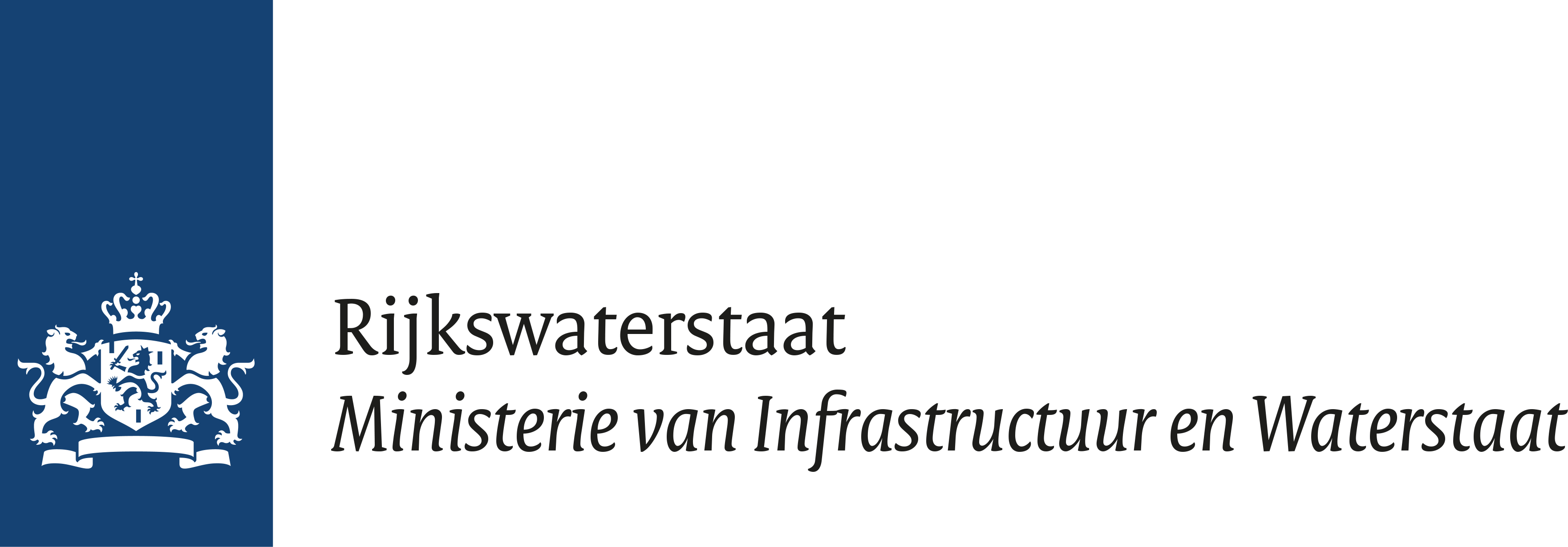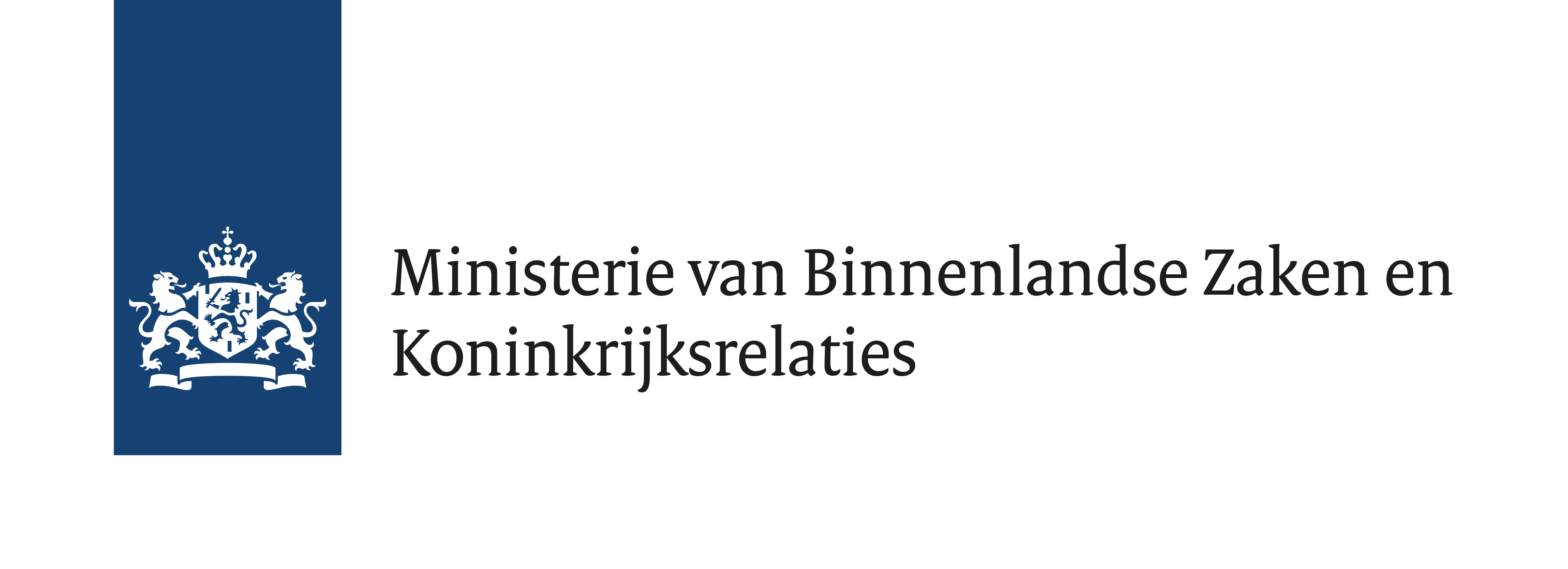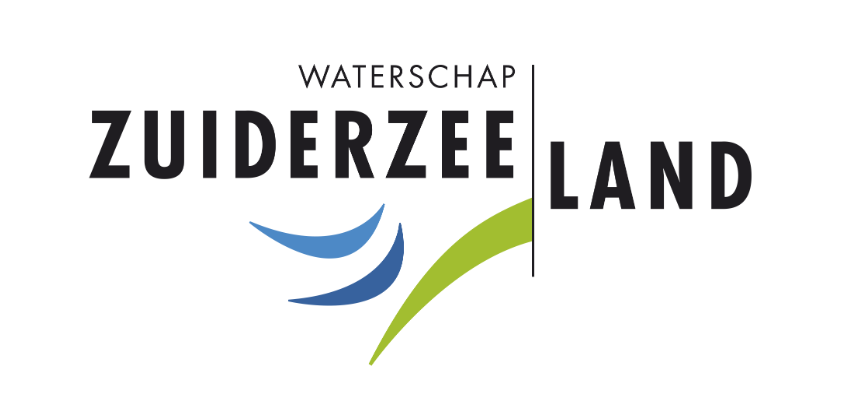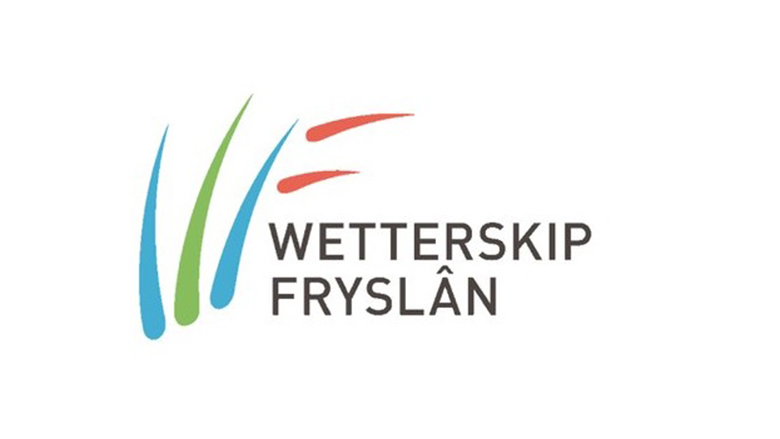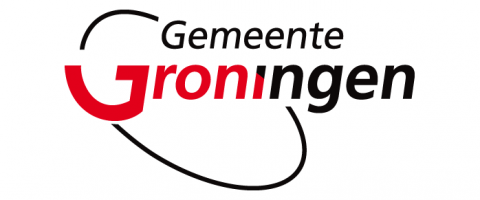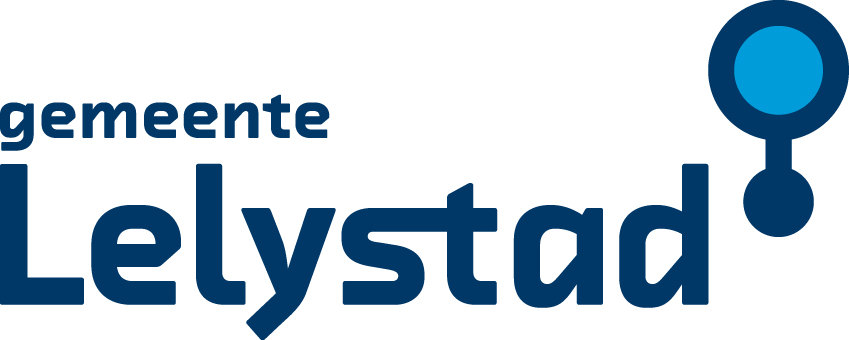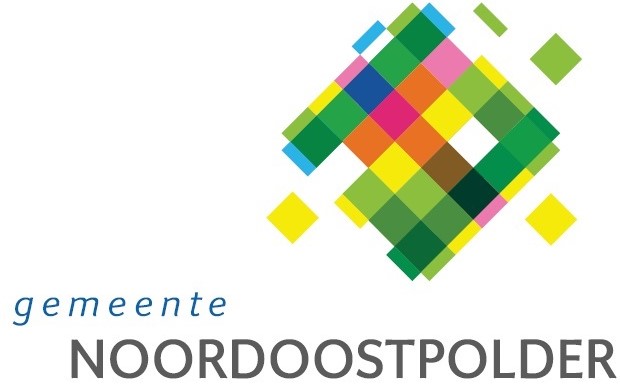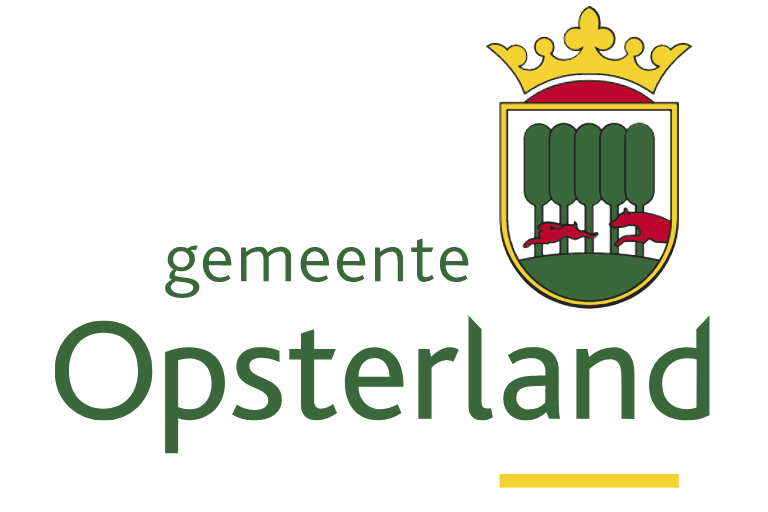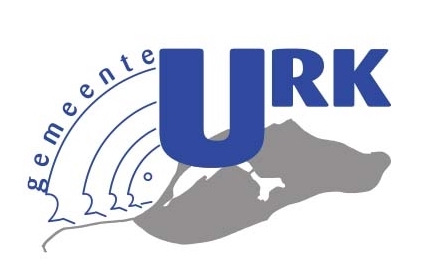01 May 2024
Groningen City Councilman Philip Broeksma on the Lelylijn
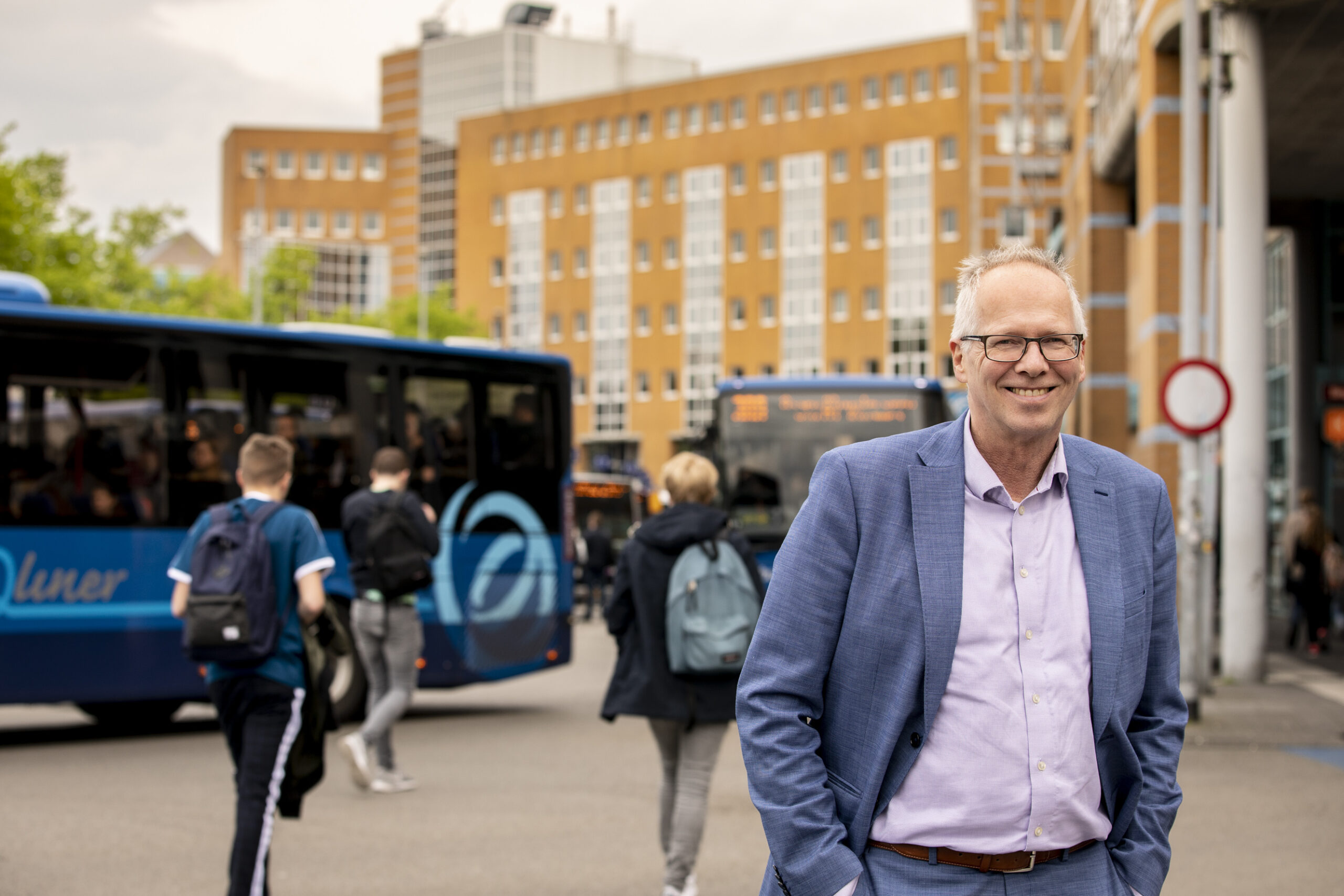
Philip Broeksma has a wealth of experience in education and politics.
He held various leadership roles at the Hanzehogeschool and was faculty director at the University of Groningen.
Broeksma was an alderman in Winsum for four years and is currently an alderman for the municipality of Groningen, with Energy Transition, Traffic and Transport and ICT in his portfolio.
Broeksma is also a member of the De Lelylijn steering committee.
What do you think the Lelylijn can do? What opportunities and possibilities do you see for the municipality of Groningen and for the region?
“De Lelylijn is a billion-dollar investment in public transportation. Many people welcome this, also because just continuing to invest in car transportation is not feasible in the long run. De Lelylijn can mean a lot for commuting to and from the city. Places like Drachten and Heerenveen will become more accessible. And that is a good thing; Drachten, for example, is home to a large Philips development and production center.
The investment in the Lelylijn will benefit public transportation in the Northern Netherlands, take bus transportation for example. Chances are that vanished lines and bus stops in villages will be reinstated.
Actually, it is crazy that the Lelylijn is not there yet. It is a crucial link that is missing. With the Lelylijn we reduce the pressure on the railroad near Meppel, a well-known bottleneck. Moreover, the Lelylijn offers a fast route to Amsterdam, and from there to The Hague and the entire Randstad. As the fifth, sixth largest city in the Netherlands, Groningen deserves good connections. All signals are green with us.
Internationally, Lelylijn also represents a missing piece in the network. Groningen is located not only in the north of the Netherlands, but also south of the North Sea. And it plays an essential role in energy transition. Think of the developments in wind energy and hydrogen. De Lelylijn provides the necessary international connections in a region that wants to develop as an engine for national energy transition, not only to Randstad, but also towards Germany and Scandinavia via the Wunderline. If you look at the world map, the northern Netherlands is somewhat in the middle, actually Groningen is the center of the world,” Broeksma says with a big smile.
What challenges do you think the Lelyline brings?
“An ongoing puzzle in the Netherlands is that almost every square meter is already used for something. So a new railroad line must be cleverly integrated into the existing space and network. Take the city of Groningen as an example. How do we make the Lelylijn connect to the main station, with its dense buildings? And the route to Germany, how do we address that? Not to mention the challenges in rural areas, which you encounter before you reach the city.”
If you could give the project organization Lelylijn one more tip, what would it be?
“Every region counts. The edges of the Northern Netherlands are colored red when it comes to educational attainment, aging population, life expectancies, average income. Northern Netherlands scores low on average here.
But the Lelylijn goes beyond mobility. It’s about broad prosperity. And if truly every region counts, can we in the Northern Netherlands have some?
De Lelylijn allows people to travel to work, students to reach their educations and friends and families to visit each other more easily. Growth in the North is truly possible only if our mobility is well organized. De Lelylijn is not an end in itself. It is a means to boost the Northern Netherlands.”







